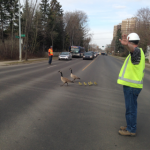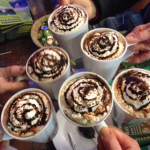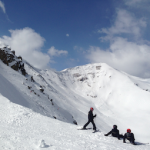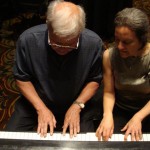Skip to content
Finding work that feels right is both complicated and simple. It is complicated because it can be hard to find. It’s complicated to figure out what we want to do for our work, and then complicated to find the right job, one that suits us and our aspirations. It feels simple when we’ve found it, when we look back and can see it was clear all along, even when we weren’t looking.
For a few years now I’ve been exploring what our work means in our cities and I’ve landed on the understanding that our work is the force that generates cities. Our work matters to our cities because it creates them; it shapes our economic life, our social habitats and our physical habitats.
We are each meant to contribute to our cities through our work. But what is the work we are each meant to contribute? How do we know if we are doing the work we are meant to do? I’ve noticed two things that help me notice if the work I am doing is truly mine to do.
First, work that depletes me is not my work to do. Even if I am good at that work, if it takes energy from me it is time to let it go. It is the work that gives me energy that is the right work to do. This is a simple and staggering realization. It is the work that fuels me that is worthy of being done by me.
If your work depletes you it is not your work to do. (Choose work that fuels your being.)
Second, work done from a place of panic and urgency is from a place of fear and mistrust. There are times when urgency is necessary, when lives are threatened or harm to others is immanent. For most of us this is not the case, yet we behave as if it were. Many of us do work that we believe will not be done if we don’t do it. The opposite would be to trust that with others, all the work that needs to be done will be covered.
Do the work that is yours to do and trust that, with others, all the work that needs to be done will be done.
All the work that needs to be done in the world can not be done by any of us alone. Moreover, we all have different skills and interests, and we have different passions and purposes to pursue in our work. If we trust in this, we make room for ourselves to take very unselfish action and do the work that is authentically ours to do. In doing this, we make the world a better place.
There is a voice inside each of us that tells us about the work we are meant to do. It is in the classes we loved in school. It is in the games we love(d) to play. It is in our hobbies. It is in the things that thrill us. Our duty is not to do the things that someone else says we ought to do, but in figuring out the work we are meant to do.
I am convinced of this: the essence of who we are as mall children gets obscured as we age. The journey of work is to find the lost parts of ourselves and stitch them into the lives we live. This might take years or decades, even a lifetime, yet the time it takes is not a reflection of our worth. The value is in noticing we are on a journey.
At 46 years old I recognize that my own journey unfolds in stages; just when I think I know who I am an the work I am to be doing a wrinkle comes along to nudge (or knock) me into the next stage of my journey. I can feel, though often in ways I can not articulate with words, the direction in which I am moving.
Now as I look at my life story I wonder at how I missed some of the clues, though I recognize that there was no other journey for me to take. I now pay more attention and I can better see the hints and synchronicities that feel like my soul sends to me about where I’m going and the work that’s mine to do. When I pay attention it’s far simpler.
What is the work that is yours to do?
How do you know that work is yours to do?
_____
The last few weeks have been startling. Shootings. Killings. A rogue truck in a crowd, intent to kill. Murder of a small child and her father. Racism. Hatred. And a political campaigns in the United States that feel like they either fuel hatred or somehow pretend that it is all going to be ok. I am sensitive to the fact that whatever happens anywhere affects everywhere.
I’m worried about things and yet I find a way to trust that all that is happening is to teach us about ourselves. It is in us to be mean–and good. It is in us to be full of hatred–and love. It is in us to be numb–and pay attention.
What is happening in the world right now is a reminder that if asleep or distracted we miss out on what our choices are, which is in itself a choice. We may well be–collectively–in a place where a jolt is exactly what we need so we pay attention to the world we are creating for ourselves.
When not paying attention we may find ourselves exercising hatred. We may find ourselves oblivious to others’ hatred. We may find ourselves condoning hatred. This can happen at any scale–in myself and my family, in my workplace or neighbourhood, in my city, in my country and across the planet. But it all comes down to me and how I choose to show up.
It all comes down to me and how I choose to show up.
From time to time, I find myself playing a game on my phone, dragged into a place where time no longer matters and I return to my life drained and deadened. I have no idea what’s going on around me. For a while it felt good, but when I come out I am completely disconnected, numbed. Writ large, I see this as Pokemon Go. It can be fun and healthy, or it can be a dangerous distraction from reality–not augmented reality at all. It can get people out getting exercise and meeting each other AND it has the potential to lure them–and all of us–off a cliff, to death. Maybe it is augmented reality in that it demonstrates the lengths we will go to ignore the world around us.
We need distractions that are healthy, that allow us to take in what we need to take in without destroying ourselves by seeing too much. When we each pay attention to what we are called to pay attention to we can find a place of trust where collectively we pay attention to everything. “Distractions” like Facebook can be constructive ways to let each other know what we are paying attention to, or what we are not paying attention to, in that it allows us to see a hint of where our collective attention is placed.
It is not possible for all of us to pay attention to everything. There is too much to pay attention to and we have limits to how much we can take in without harming ourselves. As citizens we each have a responsibility to explore what we care about, to pay attention to what has our attention. I don’t have to pay attention to everything, and neither do you. That’s not how this works. What you do have to notice is what wants to be noticed–by you. That’s what you pay attention to.
I don’t have to pay attention to everything, and neither do you. That’s not how this works. What you do have to do is notice what wants to be noticed–by you.
I choose to notice and witness the world around me. I step in in ways that are true to my heart, and in doing this I play my part. I numb myself from time to time, but mostly I choose to look at the things that upset and scare me so I can learn about myself and so I can learn about the world around me. Often, there is nothing for me to do but simply watch and witness, without turning away. It might look like I pretend everything is ok, but that’s not what’s happening. I carry make my way by looking for what I care about and contributing there.
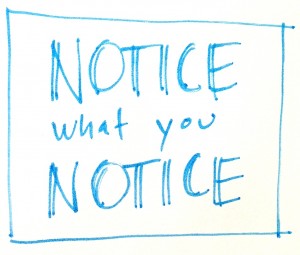
I’ve also recognized this: if I tune into everything, I can’t tune into the things that matter most to me. and then I can’t do the work I want to be doing. So there’s a fine balance here. It is different for each of us, too. We are not all the same. What is too much for me is insufficient for others, and what is insufficient for me is too much for others.
What do you tune into?
What has your attention that you can’t turn away from?
_____
 We signed a 30-page contract with a client last week, full of legal details and formalities. It took about 10 minutes to sign it all. As I was getting the corporate seal and my fancy blue pen all ready to do their work, I realized that this formal contract is not as important as the contracts behind the contract. Continue reading Learning journey contracts
We signed a 30-page contract with a client last week, full of legal details and formalities. It took about 10 minutes to sign it all. As I was getting the corporate seal and my fancy blue pen all ready to do their work, I realized that this formal contract is not as important as the contracts behind the contract. Continue reading Learning journey contracts
This time last week I was licking my wounds. I did not pass a weekend course in advanced wilderness and remote first aid. It might have been the early morning starts. It might have been the impersonal feedback from the instructors. It might have been that I was “off” those days. It might have been the conflicting feedback I felt I was receiving. But the bottom line is the same, whatever the reason.
I failed. And it’s no one’s fault by my own.
Continue reading Courage to fail
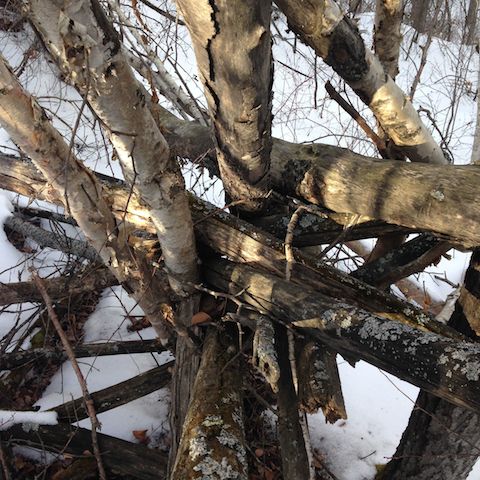
 When I spend time out on the land, and I listen, it has things to tell me. Last month, while hosting Soul Spark with my friend and colleague Katharine Weinmann, I ventured outside to be on the land a bit before we got started. Continue reading A writer inside and out
When I spend time out on the land, and I listen, it has things to tell me. Last month, while hosting Soul Spark with my friend and colleague Katharine Weinmann, I ventured outside to be on the land a bit before we got started. Continue reading A writer inside and out
 Miles from civilization
Miles from civilization
I take the world into my arms
I am washed on the wash
laid to bed, disentombed
dreams not parked
release a force
out into the world
a welcome mat
for shamans at the edge
of poetry that saves
lives with questions
evoking the holy mystery
of the soul
a call to open
to my changing heart
to my true
complete
self
_____
A poem caught with my writing friends at Self as Source of the Story, December 1-7, 2015, with Christina Baldwin and Kristie McLean. Continue reading For shamans at the edge
I am a 45 year old experiencing nourishing and harmful experiences with the baby-boomer generation ahead of me. I see two extremes of behaviour in this generation about to turn 70: stepping into elderhood and nurture those that follow, or stepping into fighthood and flail about, harming those around them, including themselves. Continue reading Elderhood vs fighthood
One morning last week I noticed the ground shifting.
As the fog lifted while I completed my morning ceremony at the top of my city’s riverbank, I decided to harvest some of the wee bit of sage there. After starting to collect it, I realized I need to make an offering. I stood up. Took a breath.
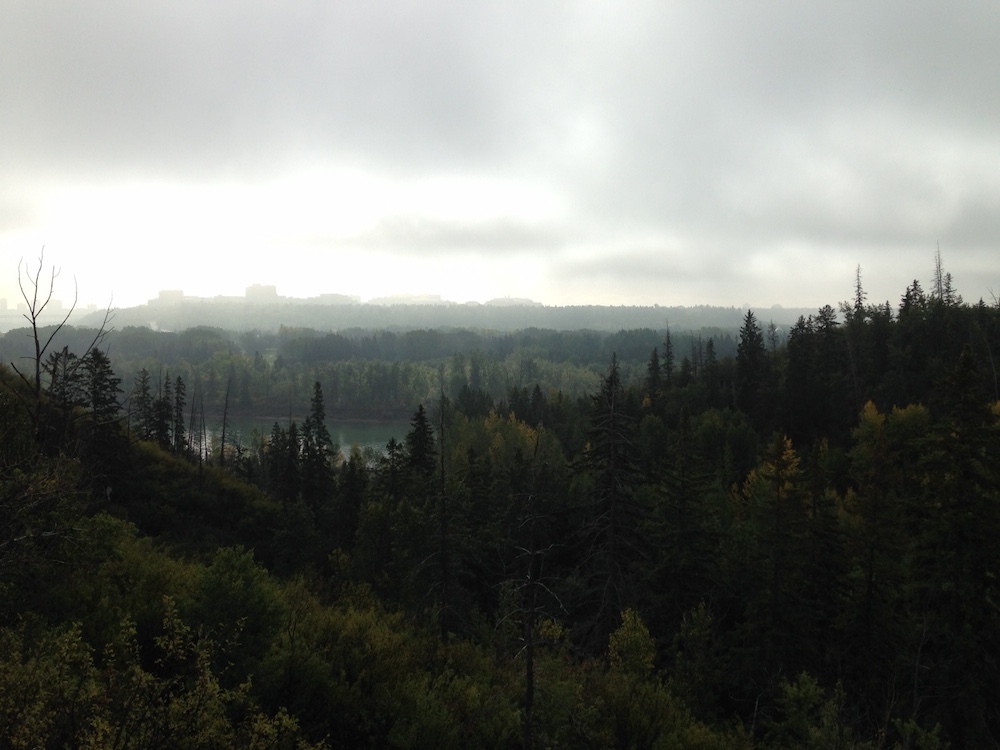
I offer the gift of clear seeing.
Then I noticed that some of the sage, and even the land on which I have placed a foot, is starting its descent into the river valley. The land is drifting.
I offer the gift of clear seeing when things are drifting.
After a few moments, I walk away, to make my way to my work day. My mind drifts to an affirmation that has been nagging at me for many months, testing me to see if it is still true, about my ability to see cities. I’ve been asking myself if my work has anything to do with cities anymore.
I notice a truck in the driveway of a home nearing completion of its construction. The name of the company on the truck:
City Glass.
Glass: a lens or optical instrument; a mirror; a drinking vessel; a greenhouse or cold frame; a window or windowpane; a barometer; a hard, brittle substance usually transparent or translucent made by fusing sand with soda and lime and cooling rapidly. Glass is something we see through. Cities are something I see through, even when drifting.
As glass can be shaped to be a vessel for drinking, the city is a vessel for its citizens. Or the city is a way to see citizens, society, who we are and what makes us tick. This is what I see and understand. This is my work.
Today, I notice that the answer to my question about the role of cities and city-thinking in my life came to me when I gave it time. Over the summer, my visits to the river valley have been rare, but it is in this time, in this place, that the understanding came to me. The place from which I asked the question is where the answer came, both the physical place, and the mental, emotional and spiritual place.
The city and I are deepening our relationship with each other.
I ‘see’ all this about myself as the fog that hovers over Edmonton lifts. And as I make my way through the streets and alleys back to my home, I have to make several detours to avoid a gas leak and the many crews of the utility company tending to essential infrastructure. A foundational piece of my part of the city had shifted.
What is the essential gift you give to your city, allowing it to come out of the fog?
_____
Three weeks ago today everything changed, 12 km behind the largest mountain in the Canadian Rockies, on a steep slope of unstable shale. Broken and wobbly leg bones. A fabulous EMT on holidays to take charge, layers of splints, 8 volunteers to carry a big man down to a helicopter waiting to get husband Peter to an ambulance, then a small hospital, then a large hospital for surgery. Angels of water kept us hydrated on a hot afternoon. Angels of strength carried our packs down the mountain for us to collect later. Angels of friendship, with big eyes, gave high-fives on their way by.
At long last, Peter found himself in the warehouse – a nursing station that looked like the halls of The Home Depot. Shelves of supplies in the corridor, nurses who showed up to do the bare minimum and left him to fend for himself. Swelling that means a 5 day wait for surgery will be delayed? Well, get the ice for yourself. Motrin to keep the swelling down? Well, we’ll only get that for you if you ask for it. The trick is, as with all do-it-yourself endeavours, it only works when you know what you are doing.
When you can’t move, you sit and wait, hoping for the best. In Peter’s case, he laid on a shelf, and someone came to dust him off now and then to check if he still had a pulse. Mostly, he hoped that no one forgot he was there and needed attention.
Then the call on day 6, on a minute’s notice, for surgery. In the operating room, purpose is clear. Here, what will happen is explained in detail. There is even a laugh – will they find a nail long enough to fit the long tibia bone in his leg (he’s 6’6″). Then he’s asleep and they get to work with a big nail, a drill, mallet, screws and a screwdriver. The power and hand tools of The Home Depot merge with the technology of X-ray vision to guide the work of deft hands to put things back in place and set Peter up for the needed mending.
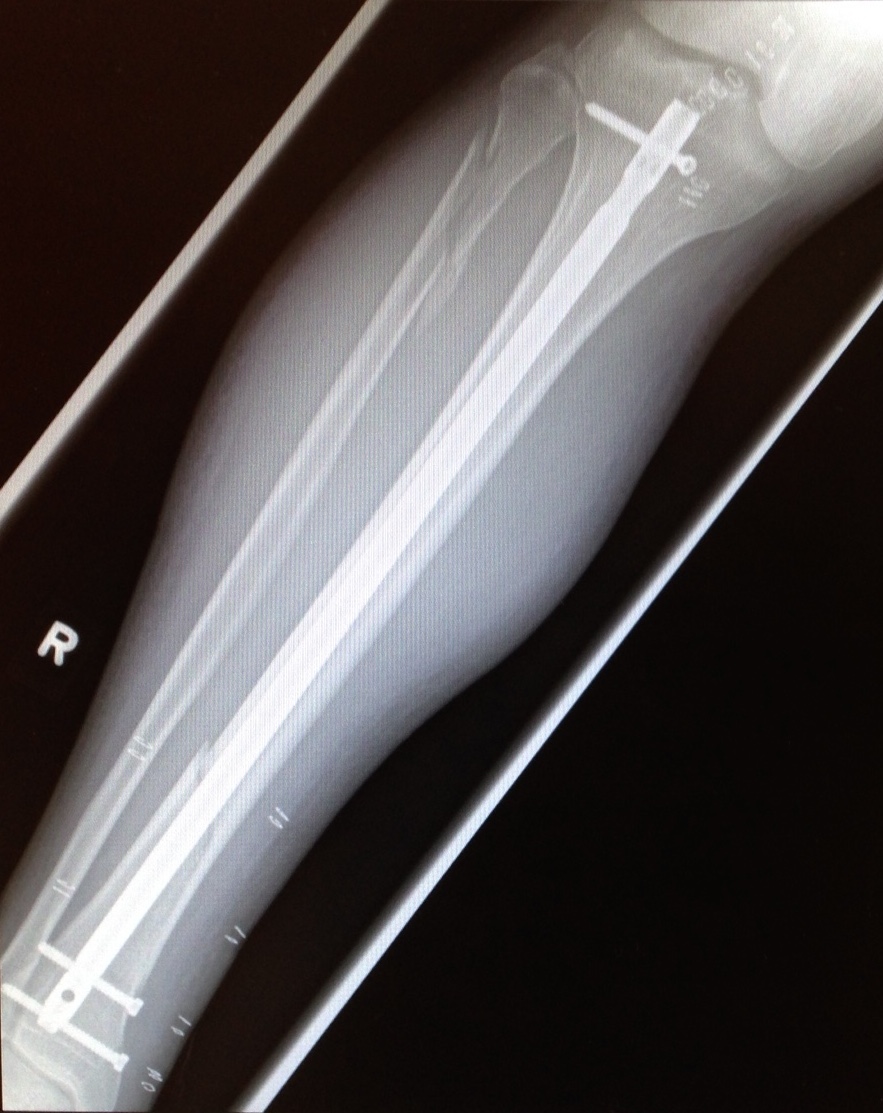
The next day, as Peter hobbled about on one leg, he was tentative. He’d spent 6 days on his back, and the last time he was vertical he violently twisted himself into this predicament. As I watched, this question came to mind:
It is possible to hobble with confidence rather than fear?
I thought of the warehouse nurses. I have no idea if their indifference to their work is endemic to the whole hospital, or to their unit, but their lack of care was startling. Among the nursing staff, the disconnect from self and work was palpable. The collective disconnect was even more palpable. In contrast, a custodian was friendly and careful to make sure an extra chair arrived to accommodate our family of four. An orderly attending to another patient made sure a wheelchair fit Peter properly to get him to our car and take him home. The nurses didn’t help send him home well or safely at all. They were hobbling with a lack of confidence in their purpose to care for people waiting, in pain and discomfort, in the unknown.
As I watch Peter figure out his relationship with crutches, more questions come to mind:
- What crutches are in my life?
- When are crutches needed, not needed?
- How do I know when I am done with crutches?
- What crutches am I still using unnecessarily?
- Do I even notice when I’ve gotten rid of them?
In many ways, the leg repair is do-it-yourself. Peter’s body will heal itself, but there are specific junctures where he needed the help and care of others. He couldn’t get off the mountain by himself. He couldn’t keep the swelling down by himself. He couldn’t get the bones in place by himself. In the weeks to come, he will test out his new leg, Mr. T he calls it. He will slowly put weight on the leg and see how he and Mr. T are going to get along.
He will slowly stop using the crutches.
Eventually he will throw the crutches away.
Then he will decide about going back to the mountain.
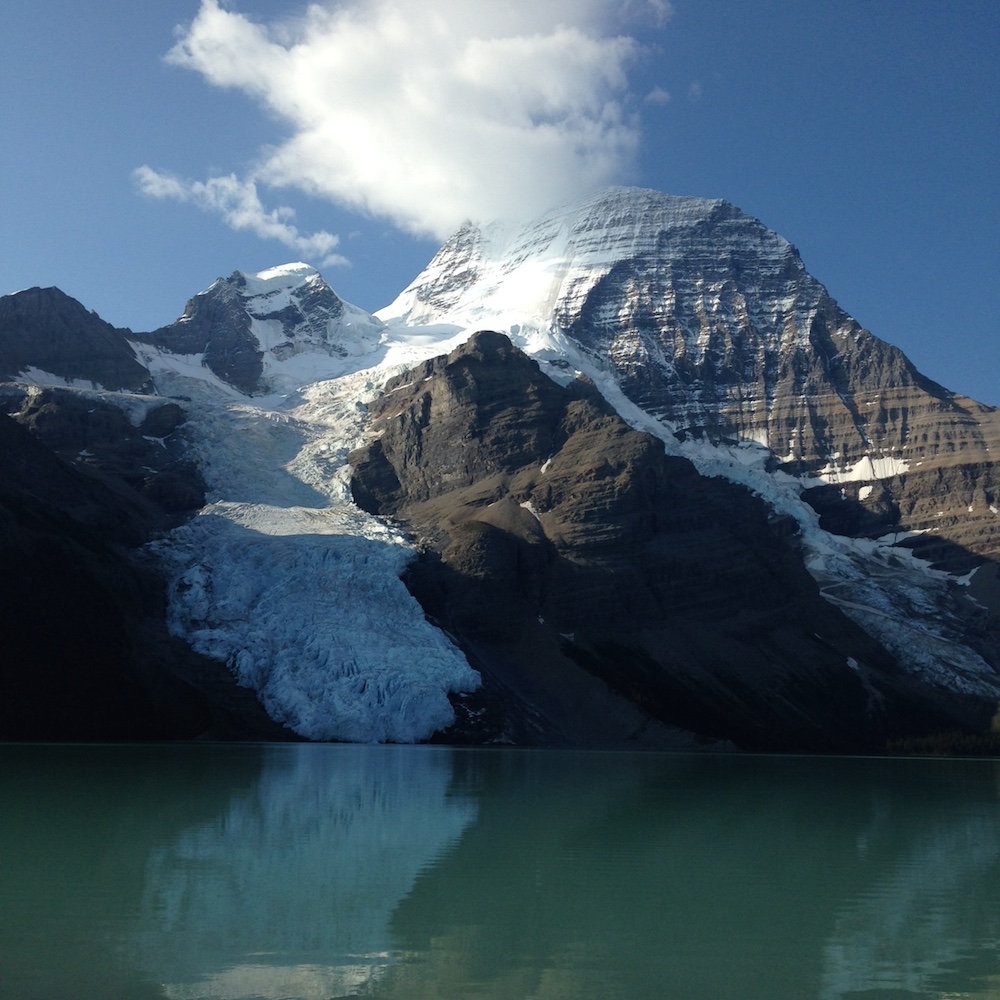
When my Integral City colleague (and founder) Marilyn Hamilton was asked to serve as guest editor of the Integral Leadership Review, she extended an invitation to me to write an article, about whatever I wanted.
And the only story I wanted to tell was about the wilderness quest. The story started to come out here, but here is where it ended up.
Re-membering my inherent wilderness.
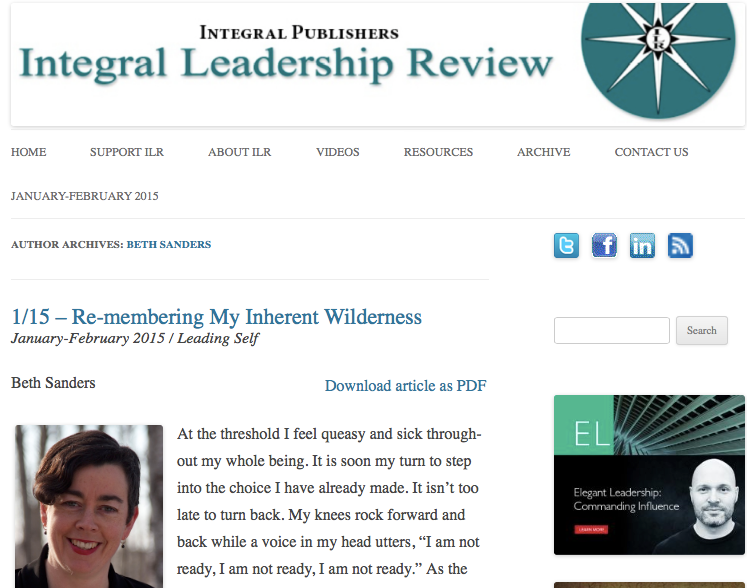
cheap football shirts |
cheap football shirts |
cheap football shirts |
cheap football shirts |
cheap football shirts |
cheap football shirts |
cheap football shirts |
cheap-football-shirts-prodirectsoccer |
cheap-football-shirts-discountfootballkits |
cheap-football-shirts-subsidesports |
cheap-football-shirts-uksoccershop |
cheap-football-shirts-mandmdirect |
cheap-football-shirts-mandmdirect-spot |
cheap-football-shirts-sportsdirect |
cheap-football-shirts-startfootball |
cheap-football-shirts-manutd |
cheap-football-shirts-directsoccer |
cheap-football-shirts-celticsuperstore |
cheap-football-shirts-classicfootballshirts |
cheap-football-shirts-prosocceruk |
cheap-football-shirts-kitking |
cheap-football-shirts-historicalkits |
cheap-football-shirts-teamsportdirect |
cheap-football-shirts-soccerkits |
windows 7 product key |
windows 7 key |
windows 7 product key |
Windows 7 Key ,
Windows 7 Key ,
Windows 8 Key ,
Windows 10 Key ,
Office 2013 Key ,
Office 2010 Key ,
Office 2016 Key ,
70-981 ,
700-501 ,
400-051 ,
200-310 ,
70-480 ,
642-999 ,
400-101 ,
ADM-201 ,
70-534 ,
400-101 ,
400-201 ,
599-01 ,
640-692 ,
640-875 ,
640-911 ,
642-997 ,
642-999 ,
700-037 ,
LX0-103 ,
70-347 ,
PR000041 ,
EX200 ,
640-692 ,
ITILFND ,
1z0-808 ,
300-208 ,
M70-201 ,
642-999 ,
icbb ,
n10-006 ,
pegacpba71v1 ,
70-533 ,
642-996 ,
102-400 ,
mb2-708 ,
070-483 ,
350-080 ,
A00-211 ,
1Z0-061 ,
70-486 ,
1z0-808 ,
ADM-201 ,
A00-211 ,
3002 ,
CBAP ,
1Z0-061 ,
640-911 ,
70-487 ,
3002 ,
MB5-705 ,
352-001 ,
70-346 ,
210-065 ,
M70-201 ,
070-483 ,
100-101 ,
642-035 ,
NS0-157 ,
EX300 ,
350-018 ,
A00-211 ,
PMP ,
642-996 ,
70-461 ,
IIA-CIA-PART1 ,
210-065 ,
300-101 ,
640-911 ,
OG0-093 ,
642-732 ,
642-035 ,
LX0-103 ,
pegacpba71v1 ,
500-260 ,
640-875 ,
mb2-708 ,
ex300 ,
c_tscm62_66 ,
1z0-060 ,
ns0-157 ,
2v0-621 ,
70-412 ,
400-201 ,
itilfnd ,
mb2-704 ,
1z0-804 ,
lx0-103 ,
210-060 ,
070-486 ,
a00-211 ,
cbap ,
300-320 ,
200-310 ,
642-999 ,
210-060 ,
101 ,
70-980 ,
300-208 ,
70-480 ,
hp0-s42 ,
1z0-804 ,
cca-500 ,
C2180-410 |
640-554 |
101 |
1V0-605 |
CCD-410 |
1Z0-061 |
HP0-S42 |
70-461 |
70-414 |
1Z0-062 |
74-678 |
CCD-410 |
1z0-432 |
C2070-991 |
200-120 |
74-697 |
300-101 |
70-534 |
70-243 |
M70-301 |
70-331 |
C2210-422 |
CCA-500 |
100-101 |
640-554 |
3002 |
1Z0-061 |
98-367 |
300-101 |
IIA-CIA-PART1 |
LX0-104 |
LX0-103 |
ITILFND |
352-001 |
MB2-708 |
PMP |
350-018 |
70-411 |
70-533 |
300-135 |
IIA-CIA-PART1 |
642-732 |
642-998 |
1Z0-804 |
C_TSCM62_66 |
101 |
PR000041 |
642-999 |
LX0-104 |
ICBB |
300-135 |
ITILFND |
200-310 |
640-875 |
SY0-401 |
1Z0-803 exam |
220-801 exam |
300-101 exam |
70-467 exam |
CISSP exam |
SY0-401 exam |
